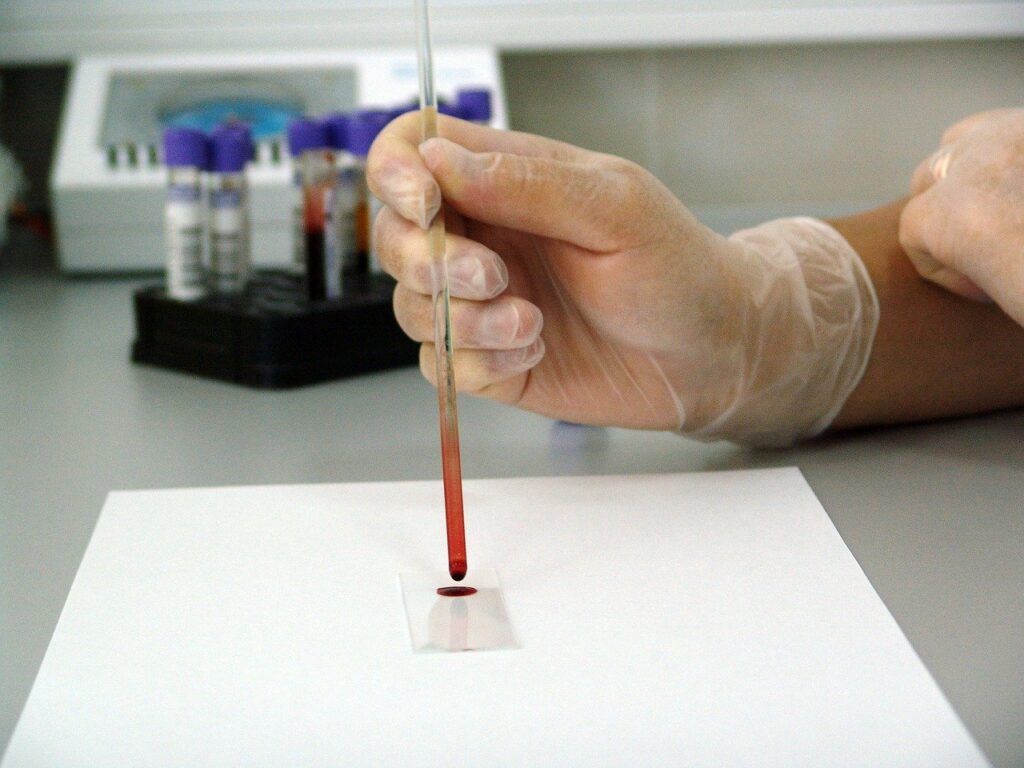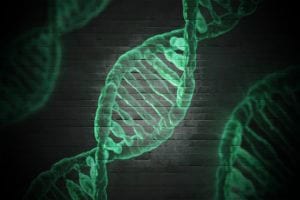There are many rare or congenital diseases that, without early detection and treatment, can cause serious health issues and complications. For example, early treatment of homocystinuria (HCU) could delay or prevent intellectual disability, as well as reduce the other negative health impacts. While HCU has been included on newborn screening panels for over 15 years, current screening measures methionine levels; though HCU prevents the body from metabolizing methionine, levels may still be low at the time of testing. Data suggests that newborn screening misses approximately half of all homocystinuria cases.
According to reporting by Medical XPress, scientists have developed a novel HCU screening test that overcomes this barrier. Rather than measuring methionine levels, this test measures homocysteine levels. This could be more accurate as homocysteine levels tend to increase within the first week of life—and they increase before methionine levels follow. Scientists may tend homocysteine using dried blood spots.
In the research findings, published in Clinical Chemistry, the scientists validate their tool by using the test to evaluate 152. Of these, two samples were sourced from infants with HCU, 50 from infants without HCU who are receiving total parenteral nutrition (TPN), and 100 from health controls. The research team found that the test was able to correctly distinguish between samples; down the line, this could be used to improve screening and reduce false positives, overall improving patient outcomes.
What is Homocystinuria?
Homocystinuria is a rare inherited disorder in which the body lacks the necessary enzymes to convert methionine to cysteine. As methionine and homocysteine build up in the body, it causes the related health effects. CBS, MMADHC, MTR, MTRR, and MTHFR gene mutations have all been implicated in HCU development, with CBS mutations being the most common cause. HCU is inherited in an autosomal recessive pattern, meaning babies must inherit one defective gene from each parent. Symptoms related to this condition may include:
- Mild developmental delays
- Failure to thrive
- A tall, thin build with long limbs
- Nearsightedness
- Lens dislocation
- Megaloblastic anemia
- Osteoporosis
- Skeletal abnormalities
- Abnormal blood clotting
- Intellectual disability
- Seizures
There is no cure for homocystinuria. Treatment and management options include B6 treatments and diets low in methionine.








